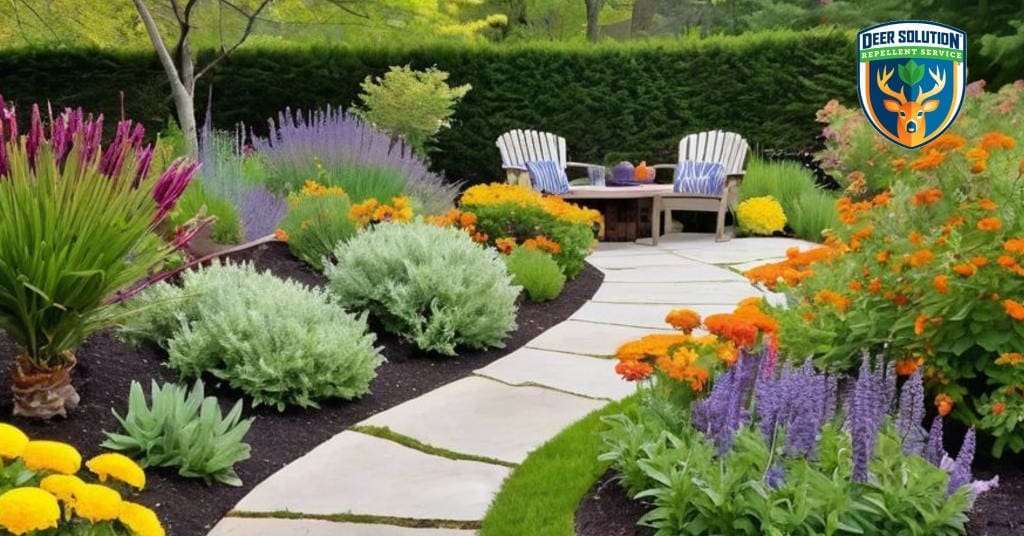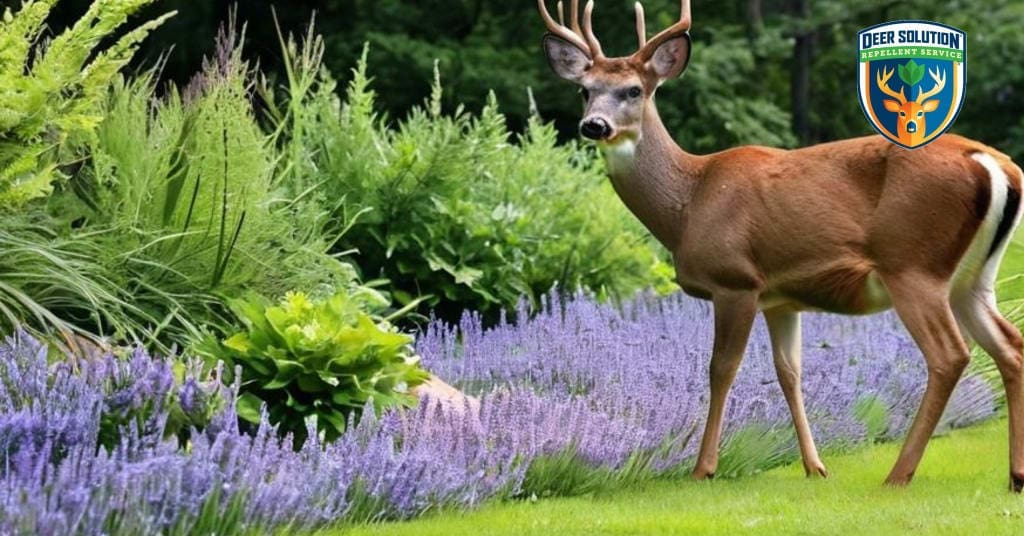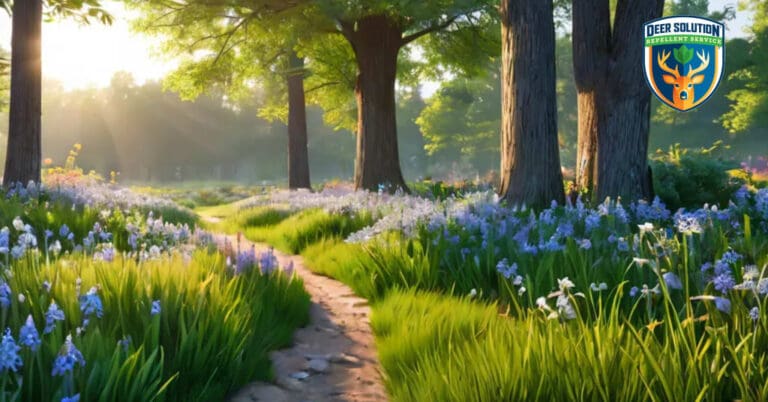With their striking blue petals and delicate, grass-like foliage, Prairie Spiderworts bring a splash of color to open landscapes and home gardens alike. These resilient perennials thrive in diverse conditions, offering both visual appeal and ecological benefits. But one question lingers among gardeners: do deer eat Prairie Spiderworts? Understanding this plant’s natural defenses, ecological contributions, and gardening potential reveals why it’s a valuable addition to sustainable landscapes.
Prairie Spiderworts in Nature and Folklore
Long before they adorned modern gardens, Prairie Spiderworts played a meaningful role in indigenous traditions. The Cherokee people believed these plants could ward off negative energy, often weaving them into rituals or planting them near homes. The Lakota found practical uses for Prairie Spiderworts as well, using their sap to create natural dyes for basket weaving.
Today, these historic connections continue to inspire gardeners. Many embrace Prairie Spiderworts not just for their beauty but for their ability to thrive in challenging conditions, reflecting a deeper appreciation for native plants that have sustained ecosystems for centuries.
Beyond Pollinators – How Prairie Spiderworts Strengthen Ecosystems
While Prairie Spiderworts are beloved by bees and butterflies, their ecological role extends far beyond pollination. One of their most overlooked benefits is their contribution to soil stabilization and erosion control.
- Deep Roots for Stronger Soil: Prairie Spiderworts develop an extensive root system that helps anchor soil, preventing erosion in windy or flood-prone areas.
- Ideal for Slopes and Rain Gardens: Their ability to thrive in varied terrains makes them a top choice for gardens designed to control runoff and improve soil retention.
- Seasonal Nectar Gaps: Blooming in early summer, Prairie Spiderworts help bridge nectar shortages for pollinators when few other plants are in bloom.
Additionally, these plants contribute to microhabitats, providing shelter for small insects and improving biodiversity in both prairie and garden settings.
Do Deer Eat Prairie Spiderworts? Understanding Their Resistance
When considering deer-resistant plants, Prairie Spiderworts often make the list due to their slightly tough foliage and sap-rich stems. However, no plant is entirely deer-proof. Do deer eat Prairie Spiderworts? Generally, these perennials are not a preferred food source, but they may experience occasional browsing in areas where deer populations are high and food is scarce.
To enhance their resistance, gardeners can incorporate strategic companion planting:
- Layered Protection: Pair Prairie Spiderworts with strongly scented herbs like lavender or thyme, which naturally deter deer.
- Disguising with Texture: Surrounding Spiderworts with fuzzy-leaved plants like lamb’s ear can make them less noticeable to deer.
Creating a Thriving Garden with Prairie Spiderworts
For those looking to cultivate a resilient, low-maintenance garden, Prairie Spiderworts offer exceptional versatility. Their adaptability to different climates and landscapes makes them a valuable addition to eco-conscious gardening efforts.
Microclimate Considerations
- Sun & Shade Balance: While these plants prefer full sun, they can tolerate partial shade, making them suitable for varied garden layouts.
- Heat Retention: Planting near heat-absorbing rocks can extend their blooming period in cooler regions.
Pest-Resistant Companion Plants
- Aphid Control: Pairing with marigolds or garlic helps reduce aphid populations.
- Fungal Prevention: Interplanting with chives or basil can minimize fungal risks.
Low-Maintenance Growth Tips
- Deadhead spent blooms to encourage prolonged flowering.
- Water during dry spells but avoid overwatering to prevent root rot.
- Mulch in colder climates to protect roots from harsh winters.
Prairie Spiderworts and Sustainable Landscapes
So, do deer eat Prairie Spiderworts? While not a favored food choice, these plants may experience occasional browsing in areas with high deer activity. However, their ability to support soil health, control erosion, and provide nectar to pollinators makes them a powerhouse plant for sustainable gardens.
By incorporating Prairie Spiderworts into diverse landscapes, gardeners can create thriving ecosystems that balance beauty and functionality. Whether used to stabilize soil, support wildlife, or deter deer through companion planting, these blue-blooming perennials offer a lasting impact.
For those looking to protect their gardens while embracing eco-friendly solutions, professional services like Deer Solution provide tailored approaches that align with nature. With thoughtful planning and smart plant choices, Prairie Spiderworts can shine as a symbol of resilience, supporting both gardeners and the wildlife that call our landscapes home.












